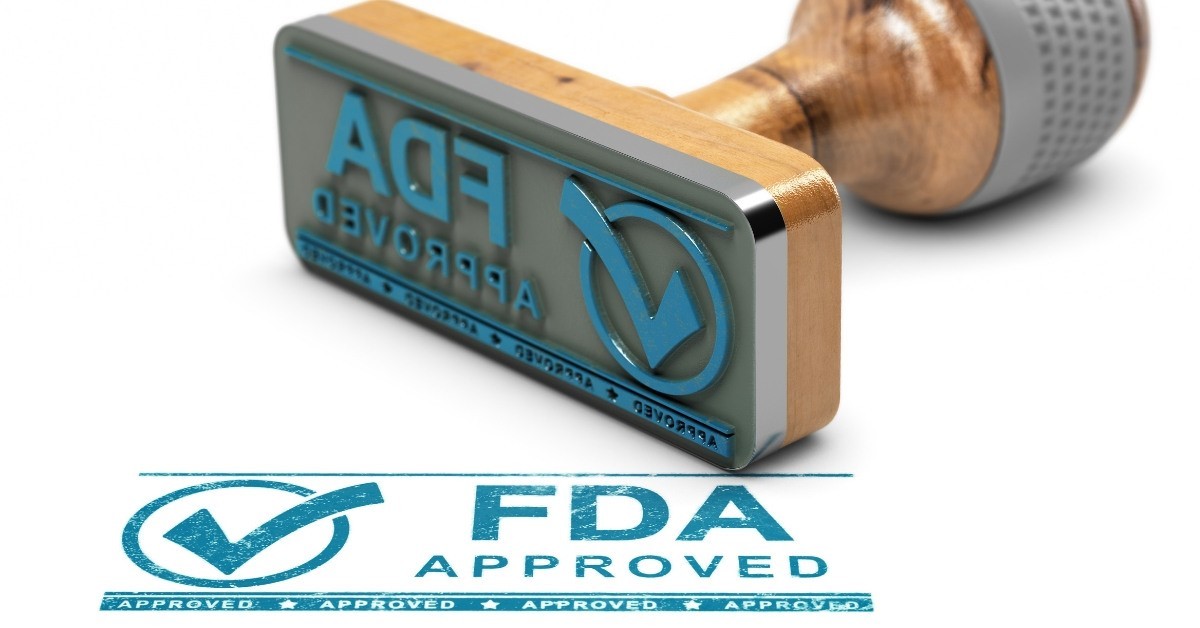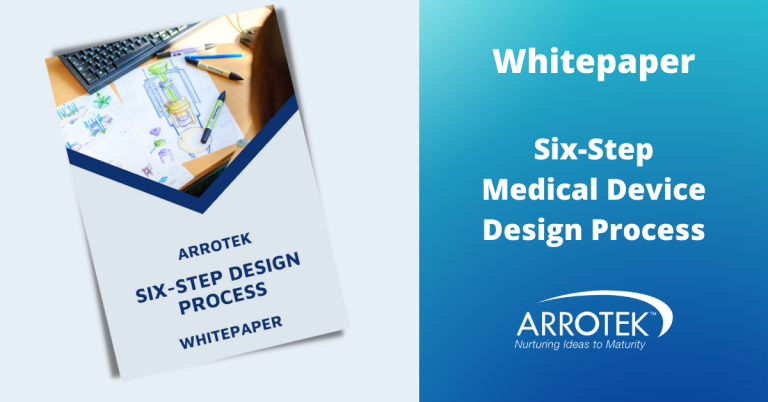To sell a medical device product in the US, you need approval from the FDA (the Food and Drug Administration). A key part of getting FDA approval is the classification of your medical device.
Not only will the classification determine much of the design and development process, it will also determine what is required to get approval. This is because the process for getting FDA approval differs depending on the classification of your medical device.
This is very similar to the system in the EU. We covered the EU medical device classification system in a previous blog. In this one, we will concentrate on getting regulatory approval for the US market.
FDA Medical Device Classifications for the US Market
The US has three classifications for medical device products: Class I, Class II, and Class III. As in the EU, the process for determining the classification of a medical device is based on risk, while the classification itself determines what you need to do to bring the product to market.
- Class I – as with EU regulations, this classification is for the lowest risk medical devices, i.e. surgical caps, toothbrushes, crutches, etc.
- Class II – this classification is for higher risk medical devices such as catheters, ECG machines, syringes, etc.
- Class III – Class III is for the highest risk medical device products such as defibrillators, implanted prosthesis, heart valves, etc.
Class I Medical Devices
There is no requirement to notify the FDA when bringing a Class I medical device to the US market. Instead, you must adhere to the FDA’s General Controls. This includes complying with good manufacturing practice, listing requirements, and more.
In fact, all medical device products in the US must comply with the FDA’s General Controls.
Class II Medical Devices
The process of bringing a Class II medical device product to market is more involved and more time-consuming than with Class I medical devices. This is because, in general, Class II medical device products need to go through the FDA’s Premarket Notification application process.
The Premarket Notification process involves showing your medical device is equivalent to another medical device that already has regulatory approval. This equivalence demonstrates the safety and effectiveness of your product.
However, the FDA also produces a list of common Class II medical devices which don’t require Premarket Notification. Instead, they must adhere to the regulator’s other requirements for these types of devices. If your product falls within the scope of this list, getting it to market in the US is much simpler.
Class III Medical Devices
The process for getting FDA approval for a Class III medical device is much more rigorous than with products in the other two categories. This is because Class III medical devices must go through a Premarket Approval process.
The Premarket Approval process is significantly different from the Premarket Notification requirements for Class II medical devices.
In the Premarket Approval process, your medical device will need to go through rigorous study and testing to determine both its effectiveness and its safety. This process can – and often does – include clinical trials.
Getting Approval in Multiple Jurisdictions
Most entrepreneurs, medical professionals, and companies with an idea for a new medical device have the objective that it will be sold and used in multiple countries. High up on the priority list is usually the US and EU markets.
Therefore, it’s important you work with a medical device design and development team that understands both US and EU medical device classifications and regulations, in addition to regulations in other major jurisdictions around the world.
This is what you get with us at Arrotek. Contact us today to find out more.





